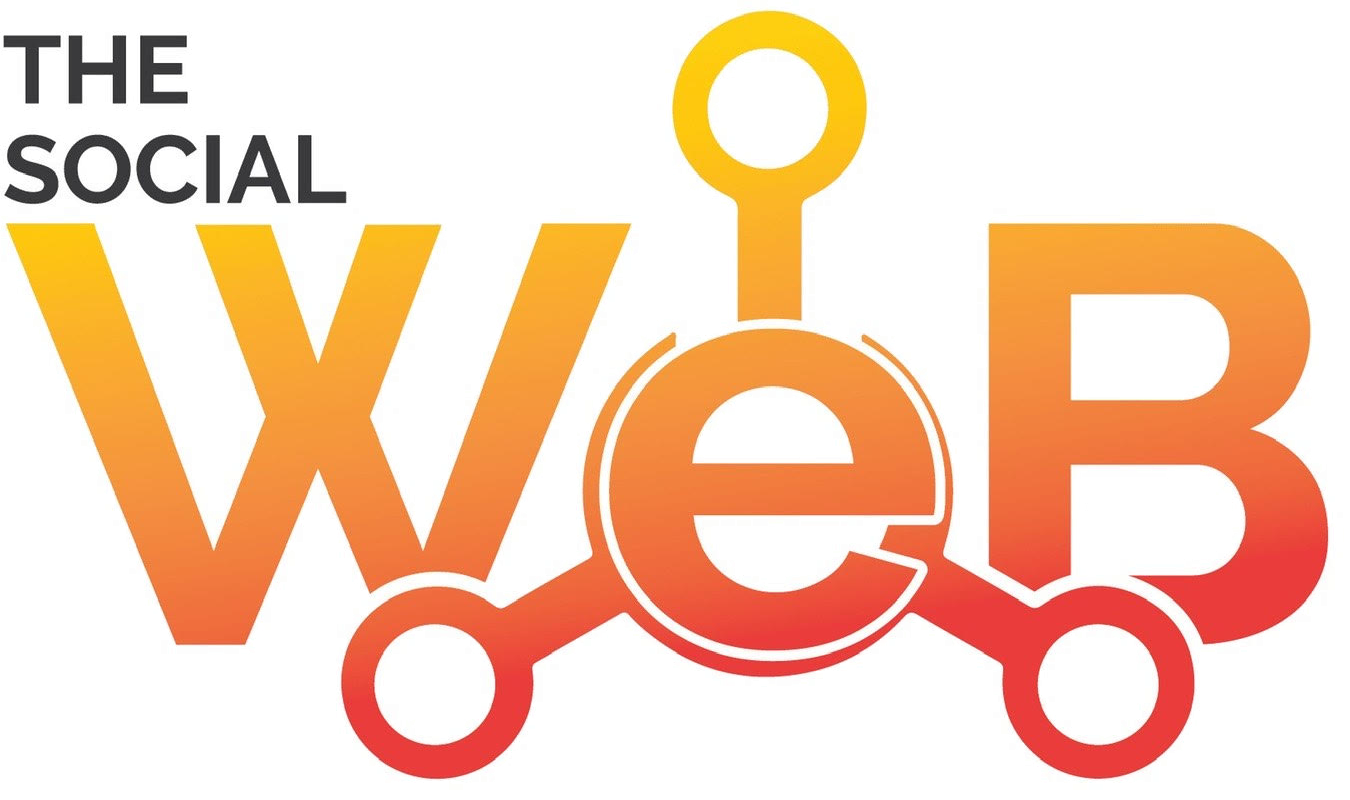First, you need a website.
Social media marketing is very valuable but you need a website too! Your social media platforms are rented property whereas unless you do something illegal, your email list and your website are your own.
Trying to get traffic to your website without a solid plan is a bit like driving around with a vague destination in mind, but no directions on how to get there. You may eventually make your way to where you want to be, but it will take a lot longer and require more effort than if you had your route mapped out.
Social Media Strategy
One part of the plan to get people to your website is a good social media strategy. Social media is the bus that drives people (traffic) to your website.
SEO Strategy
Another part of the plan is SEO. With a solid strategy, you will have a goal in mind, and a plan for what to do to get there. Even if you’re new to SEO and you don’t quite understand what it will take to get a certain keyword ranking, or even what a realistic keyword goal is for you, it’s good to have a plan. You can always tweak and adjust both your plan and your strategy as you go along.
When you have a workable strategy with defined goals, and a way to track the results you are getting over time, it becomes easy to determine if your strategy is working. Without either of those, you’re guessing at best, and that’s not a good business practice. Search engine optimization takes time and effort. And if you’re hiring someone to help you, it can involve quite a bit of money. Optimizing your website will bring you very positive SEO, to be sure.
So where do you start? Learn the basics of how SEO works. Set up a good Website Analytics program so you can start to measure what traffic you’re getting now and where new traffic is coming from. Google Analytics is a great program that will grow with you. Install it, look through the reports, start to learn to use it and expand your knowledge as you go along.
Your next step will be to formulate a strategy. This should be a five-step process that includes:
- Determine your ideal target audience.
- Figure out what they are looking for and what keywords and key phrases they use.
- Generate high-value content around those terms.
- Implement on-page and on-site optimization.
- Track results and adjust as needed.
Keywords are used on your website to bring in traffic. But which ones should you use? You want to use keywords related to topics that people are interested in. By researching which keywords (in your specific niche) are getting a large volume of searches per month, you can determine the topics you want to cover in your website content. each month. In other words, you can address the questions that most people are searching for answers to.
To begin:
⠀⠀⠀⠀⠀⠀⠀⠀⠀
1. Make a list of 4 – 6 topics that are most important to your business or blog, specifically the ones you want to rank for.
⠀⠀⠀⠀⠀⠀⠀⠀⠀
2. Choose some keyword phrases within those buckets – phrases you think potential customers might use to search for content related to that particular topic (i.e. how to use essential oils to improve my health)
⠀⠀⠀⠀⠀⠀⠀⠀⠀
3. Research the keywords to see how often they are being searched for and some related topic ideas.
Tools we use
⠀⠀⠀⠀⠀⠀⠀⠀⠀⠀⠀⠀⠀⠀⠀
Google Keyword Planner Tool
⠀⠀⠀⠀⠀⠀⠀⠀⠀
Neil Patel’s Ubersuggest – You can get both keyword and content ideas by using this tool. You can also type in your own domain name to find out which keywords your site is ranking for, how well your artcles are doing (AND how many backlinks you have within your articles).
⠀⠀⠀⠀⠀⠀⠀⠀⠀
Wordstream – good but basic
⠀⠀⠀⠀⠀⠀⠀⠀⠀
To find ideas for content:
⠀⠀⠀⠀⠀⠀⠀⠀⠀
Answer the Public– my fav!
Answer The Public is a keyword tool that helps you find questions that the public might be asking based on a subject. For instance, if you input “fashion over 50”, you’ll find suggestions for “Fashion Over 50 on a budget”, “Fashion over 50 for women under 5 feet”, etc. When I type in “how to use Instagram”, a myriad of possible questions came up.
⠀⠀⠀⠀⠀⠀⠀⠀⠀
BuzzSumo – discover which content is performing best and in what platforms. You can also find influencers.
From there you can expand on what’s working, identify more audiences, more terms, and create more content, and slow down on what isn’t working. One important thing to keep in mind is that search engine optimization takes time and that you’re building your site’s reputation with the big search engines over time. Don’t give up on your strategy too soon and whatever you do, don’t throw in the towel.

